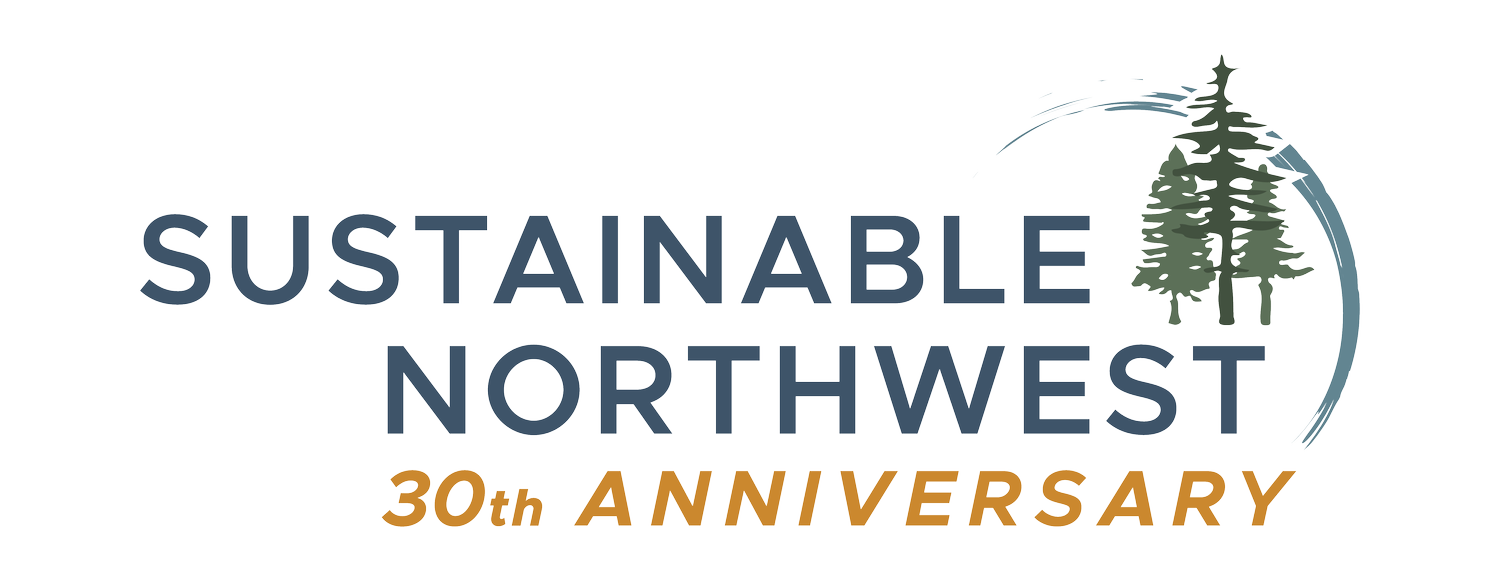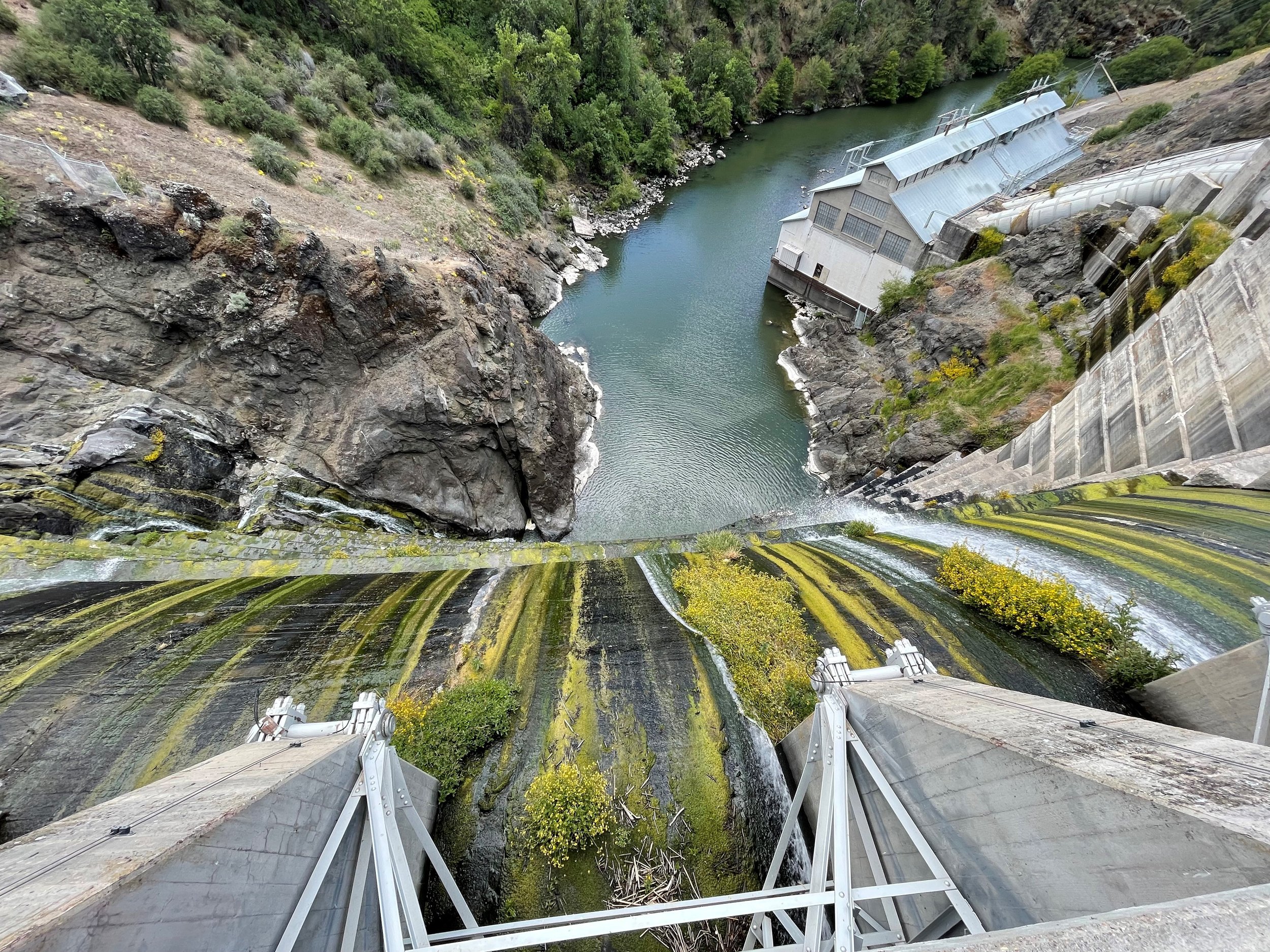Klamath Dam Removal Process Enters Home Stretch
Environmental Review Confirms the Benefits of Dam Removal
(FERC Project No. 14803-001 Klamath Hydroelectric Project – FERC Project No. 2082-063)
On February 25, the Federal Energy Regulatory Commission (FERC) took a major step toward dam removal by releasing its draft Environmental Impact Statement (dEIS) on the proposed removal of four Klamath River dams, concluding that dam removal will benefit fish recovery efforts, water quality and habitat, as well as generating substantial economic benefits for the region.
The dEIS, part of the National Environmental Policy Act (NEPA) review, is a critical step to ensuring the largest salmon and ecological restoration project in U.S. history moves forward. Dam removal will also help restore a river and fishery inextricably linked to the culture and identity of the Hoopa, Karuk, Yurok and Klamath (Klamath, Modoc, and Yahooskin) Tribes.
The public is now invited to comment on the dEIS, which describes the impacts and benefits of the project.
Highlights from the draft EIS include:
Removal of the Lower Klamath Project facilities would improve water quality; reduce the incidence of fish kills; reduce the foreseeable risk of the demise of salmon and steelhead runs in the Klamath River and its tributaries; and potentially result in a substantial increase in salmon, steelhead, and other aquatic species populations.
Removal will benefit water quality, aquatic resources, and terrestrial resources used by all Tribes. Removal would aid in the restoration and continuation of Tribal practices and traditions that have been adversely affected by operation of the project in the past. There would be a permanent and significant beneficial effect on the Tribes of the Klamath River.
There would be positive economic effects related to short-term employment during dam deconstruction and restoration activities, and long-term benefits to commercial and recreational fisheries (table 3.12-11). Interior’s analysis indicated a net benefit of between $14,052 million - $82,663.2 million (2012 dollars) over 50 years associated with the current proposed action.
Any short- and long-term adverse environmental effects and the loss of power generation resulting from the proposed action would be outweighed by the substantial long-term environmental benefits gained from project decommissioning.
No entity has come forward willing to ensure the long-term maintenance or needed upgrades to facilities left in place under the no-action alternative; and under section 6 of the Federal Power Act and the Commission’s regulations allow licensees to surrender existing project licenses and cease project operation.
Sustainable Northwest sees dam removal as an essential component of the environmental restoration work that is needed throughout the Klamath Basin to support the recovery and revitalization of the Klamath Basin. Although not an end in itself, it remains an essential and monumental step towards improving water quality and restoring over 400 miles of historic fish habitat. FERC will accept public comments on the dEIS until April 18, 2022.
Before dam removal can commence, FERC will need to issue a final EIS and approval.
For more information on how to stay engaged please see the resources below:
Take Action: (FERC Public Comments close April 18, 2022)
Sustainable Northwest Dam Removal Timeline
If you need assistance contact:
Lee Rahr
Energy & Water Program Director
lrahr@sustainablenorthwest.org

